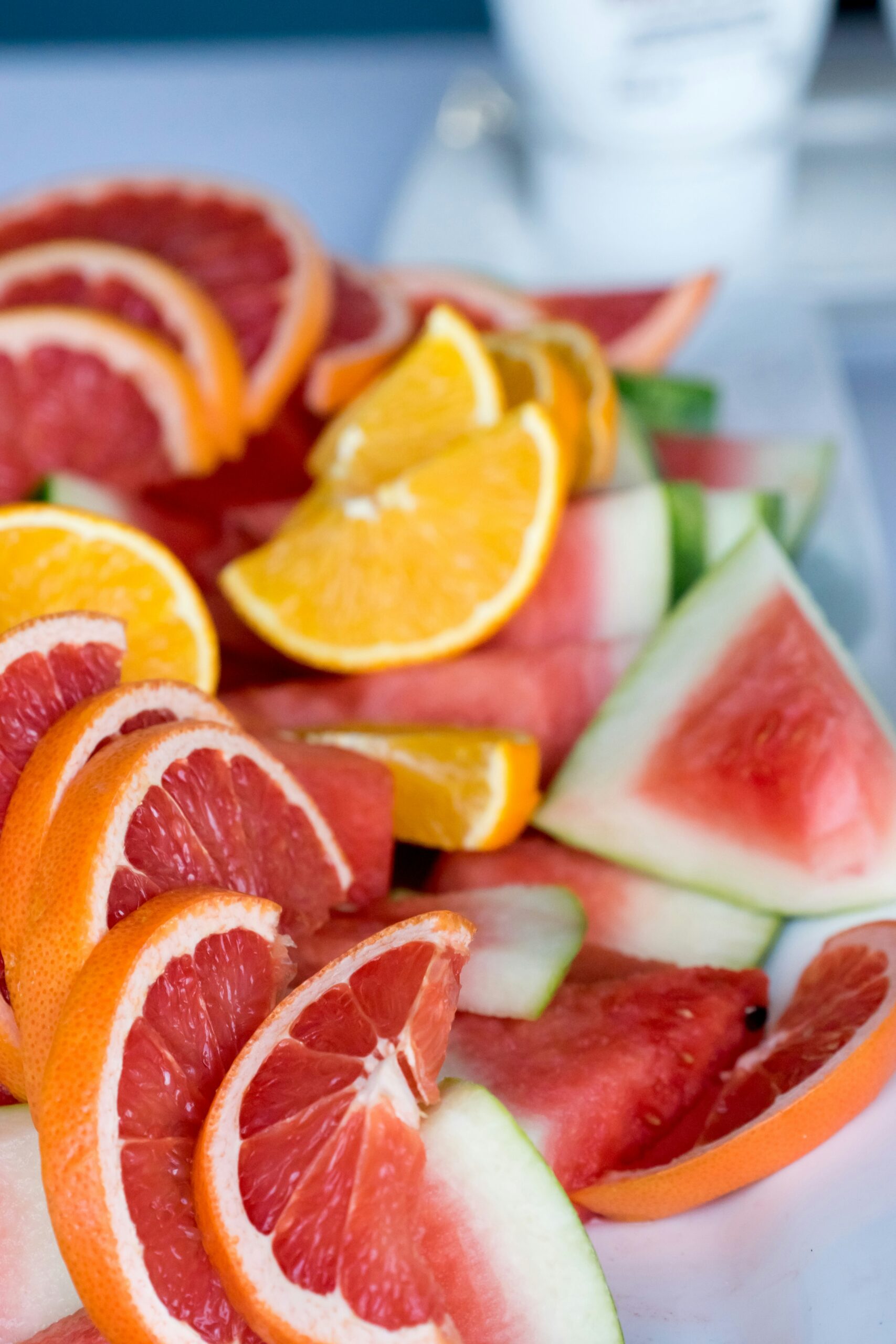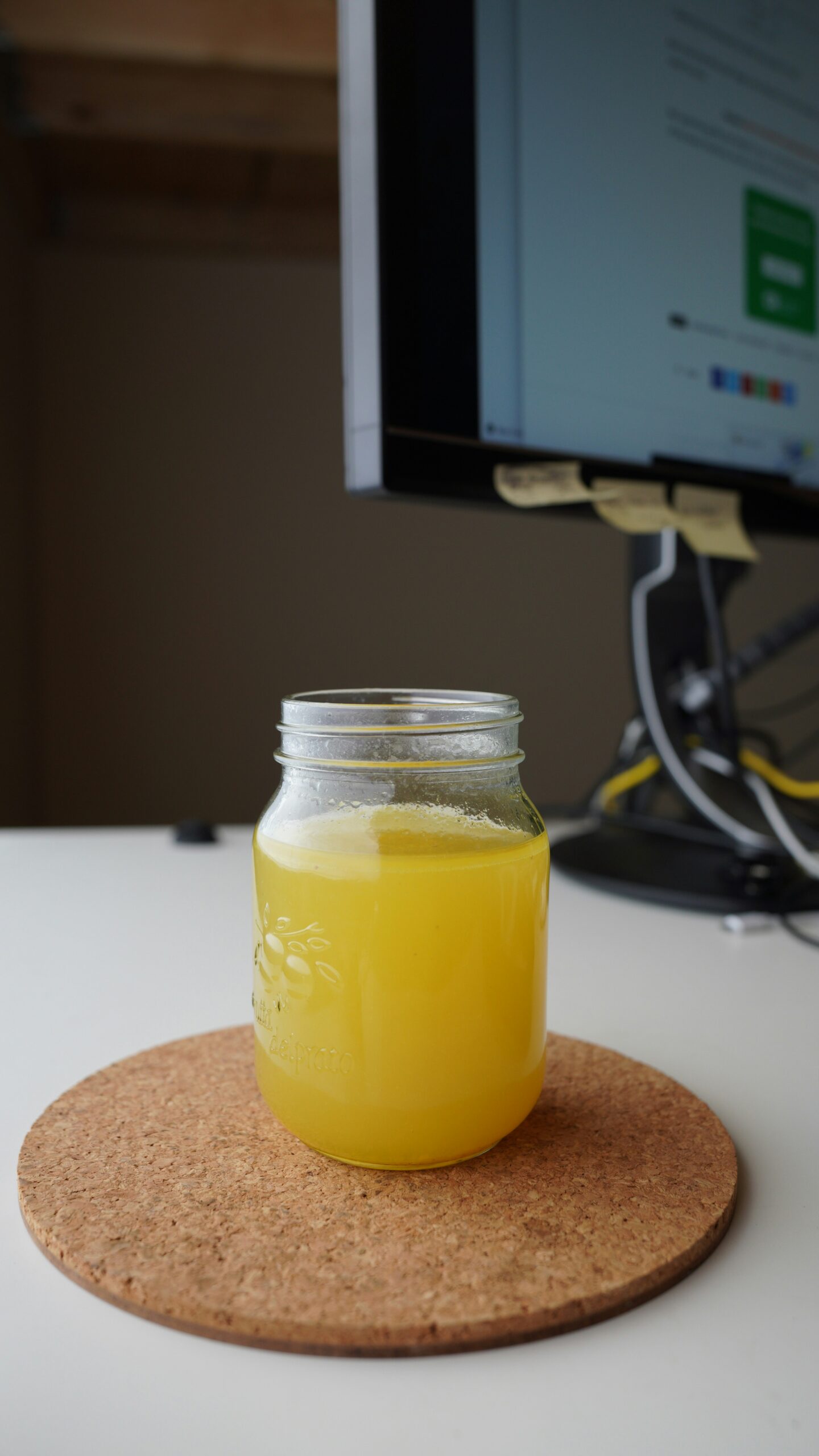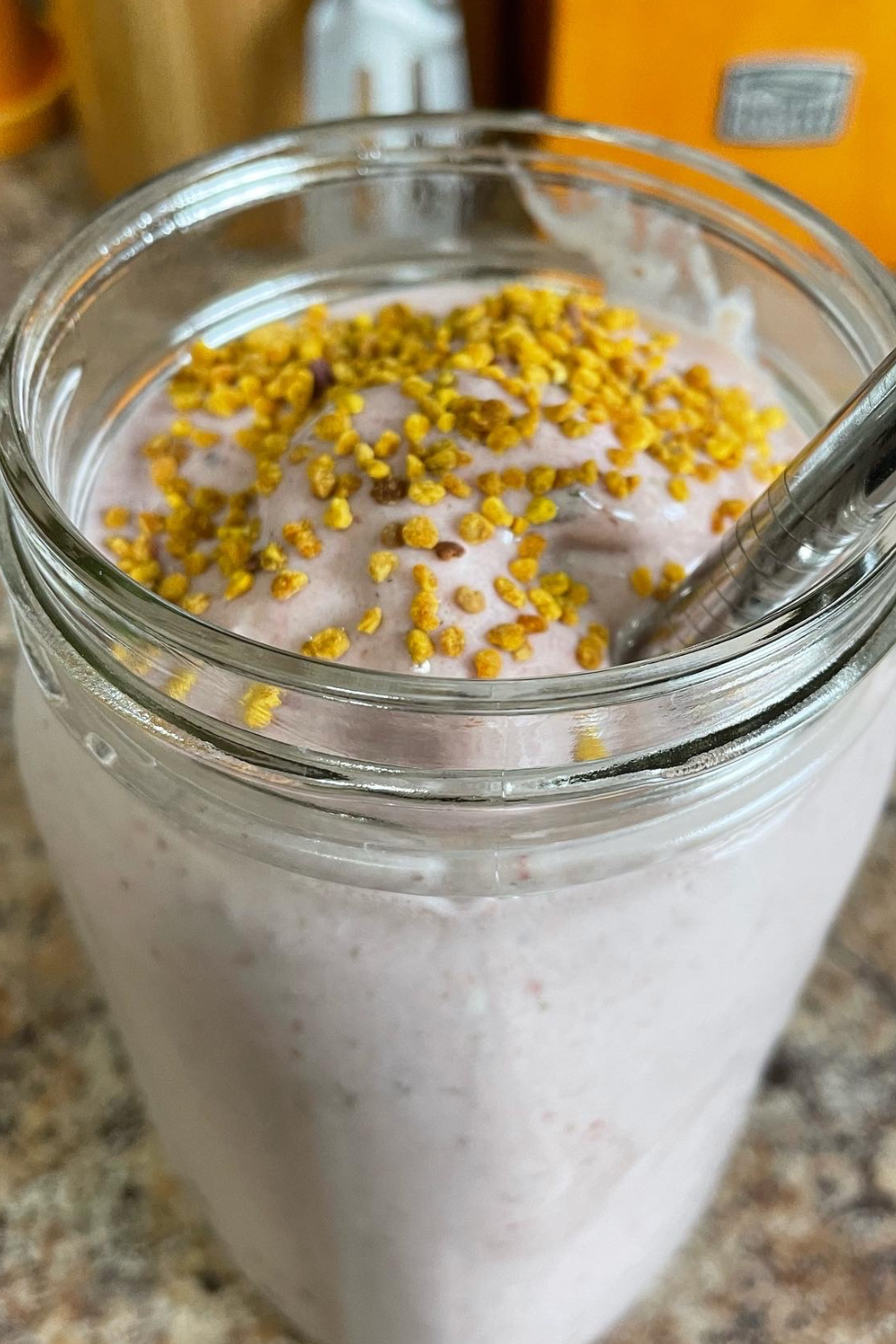Understanding the Dirty Dozen is vital in your quest to reduce your daily toxin consumption. If you’re aiming to create a healthier version of yourself, consuming foods with less pesticides is a great place to start. If you’re interested in learning what the Dirty Dozen is and why it matters, keep reading!
What’s the “Dirty Dozen”?
The Dirty Dozen is a list of twelve fruits and vegetables with the highest levels of pesticides. Each year, fruits and vegetables are tested for pesticide levels and added to or removed from the Dirty Dozen list. Created by the Environmental Working Ground (EWG), the list is a great starting point for reducing the level of pesticides you consume.
Purchasing organic food, usually pesticide-free or containing trace amounts of pesticides, isn’t accessible for everyone. The financial cost of organic produce is often why people stick to conventional food rather than swap over to its organic counterpart. So, what’s the solution?
The Dirty Dozen list outlines which conventional fruits and vegetables should be avoided because of their high levels of pesticide contamination. By doing so, consumers can see which fruits and vegetables they should prioritize when switching to organic foods.
Who creates the list?
The EWG compiles the list based on a recent “analysis of the latest fruit and vegetable testing data from the Department of Agriculture and Food and Drug Administration. The 2024 guide includes data from 47,510 samples of 46 fruits and vegetables” (Parade, 2024).
2024 Dirty Dozen
Below is 2024’s Dirty Dozen list, according to EWG.
- Strawberries
- Spinach
- Kale, Collard & Mustard Greens
- Grapes
- Peaches
- Pears
- Nectarines
- Apples
- Bell & Hot Peppers
- Cherries
- Blueberries
- Green Beans
When possible, purchase the above twelve fruits and vegetables in organic form. Compare 2024’s list with 2023 here.
Why Does the Dirty Dozen Matter?
The Dirty Dozen list matters for a couple of reasons.
The first reason why the list matters is awareness. Today, there are many dietary options, like conventional, organic, gluten-free, keto, paleo, and more. Simply being aware of the various options can be just the push you need to start being more mindful about what you put into your body.
Pesticide levels are something to be mindful of. Pesticides can include anything from herbicides, fungicides, pesticides, and more. They’re known to have many negative side effects and cause issues, including infertility, allergies, and even cancer (EPA, 2024). While you may continue to purchase conventional fruits and veggies, the list remains available to increase your awareness of pesticides in your food.
The second reason why the list matters is accessibility. Not everyone can afford a 100% organic diet. Believe me, I completely understand! While I do my best to consume a majority organic diet, sometimes my budget doesn’t allow it. When necessary, I refer to the list and prioritize purchasing the “dirty” fruits and veggies in the organic aisle.
When you can’t or don’t want to consume organic foods, check out the 2024 Clean Fifteen list. It’s also compiled by the EWG. The following fifteen fruits and vegetables had the lowest tested amounts of pesticides. So, these are the best conventional (non-organic) products to purchase.
The Clean Fifteen
- Carrots
- Sweet Potatoes
- Mangoes
- Mushrooms
- Watermelon
- Cabbage
- Kiwi
- Honeydew melon
- Asparagus
- Sweet Peas (frozen)
- Papaya (some contain GMOs)
- Onions
- Pineapples
- Sweet Corn (some contain GMOs)
- Avocadoes
Did this article help you to understand how to reduce your pesticide consumption? I’d love to see it in a comment below!
Happy Healing! xoxo
See how the 2023 list compares here.





0 Comments